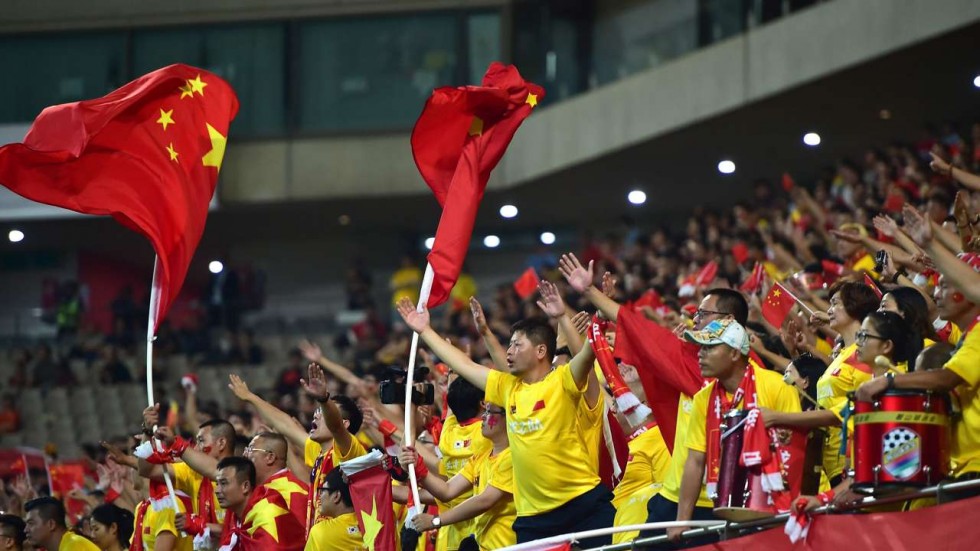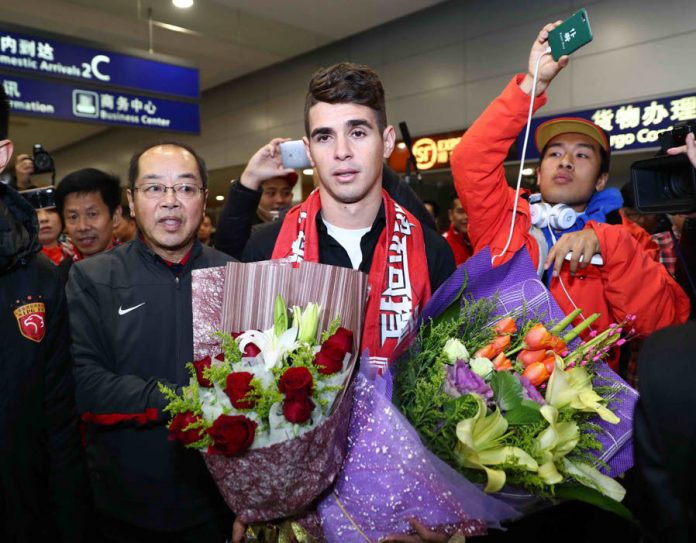The top 10 highest earning footballers take home a combined £3.5bn per week. Where all this money comes from is a story for another day. 4 out of this number ply their trade in China. Prior to their big money moves, their football was just… meh.
2 are enormously talented (Cristiano Ronaldo & Lionel Messi). 2 others are important to their team’s success (Gareth Bale & Neymar Jr.) 1 supposedly has future prospects (Paul Pogba) and the last one is a club legend (Wayne Rooney).
Carlos Tevez who tops the list earns a whooping £615,000 at Shanghai Shenhua. This is more than Harry Kane, Alexis Sanchez, Diego Costa and Sergio Aguero combined. Oscar, Hulk and Graziano Pelle accompany him at 2nd 6th and 8th respectively to make up the Chinese contingent.

How the Chinese Super League, CSL, manages to dole out such huge sums is a function of both (geo) political as well as economic reasons. The question remains, is this sustainable.
Xi Jinping – the China’s president, aims to diversify the Chinese economy away from manufacturing. He has earmarked sports as one of the other areas capable of generating revenue for the country. He aims to host the World Cup as well as build a team capable of winning it. Thus, football has been added as a compulsory course in the Chinese school curriculum.
To support this dream, Chinese businessmen have begun to heavily invest in the sport. Tony Xia’s Recon Group owns 100% of Aston Villa. Wang Jianlin’s Wanda group owns 20% of Atletico Madrid. Zhang Jidong’s Suning Commerce group has a 55% stake in Inter Milan while Espanyol, Slavia Prague, Sochaux and Newcastle all have owners from China.
Since the CSL operates outside UEFA it isn’t restricted by financial fair play rules. Extremely wealthy businessmen who have endless cash reserves own most Chinese clubs. This is why they can afford to splurge heavily on foreign talent. The aim is simply to increase match day income.
Average CSL attendance in 2015 was 22,000 (at par with the Spanish LaLiga). To put that in context, the league’s 5-year domestic broadcasting deal brings in $1.2bn over the same period.

The CSL has great potential for the Chinese economy but there are obstacles in achieving this height. All clubs in the league are allowed a maximum of 5 foreign players per squad; one of who must be from an Asian Champions League competing country. Teams on the field are allowed a maximum of 3 foreign players at any given time. China’s general administration of sports is also considering a cap on spending in an effort to try and preserve sustainability in the league.
In the future we are surely going to see more big money moves to China. Probably including Chelsea’s Diego Costa. Truth is, sustainability remains doubtful.
Will their poor wages compared to foreign colleagues frustrate local players? Can every CSL club reach the maximum allotment for foreign players? Will the 1.4bn population drive match day income to the roof as expected? So many questions, not enough reassuring answers.
Maybe it’s just the MLS all over again, maybe its not.
Written by Kunle Ibaru.








